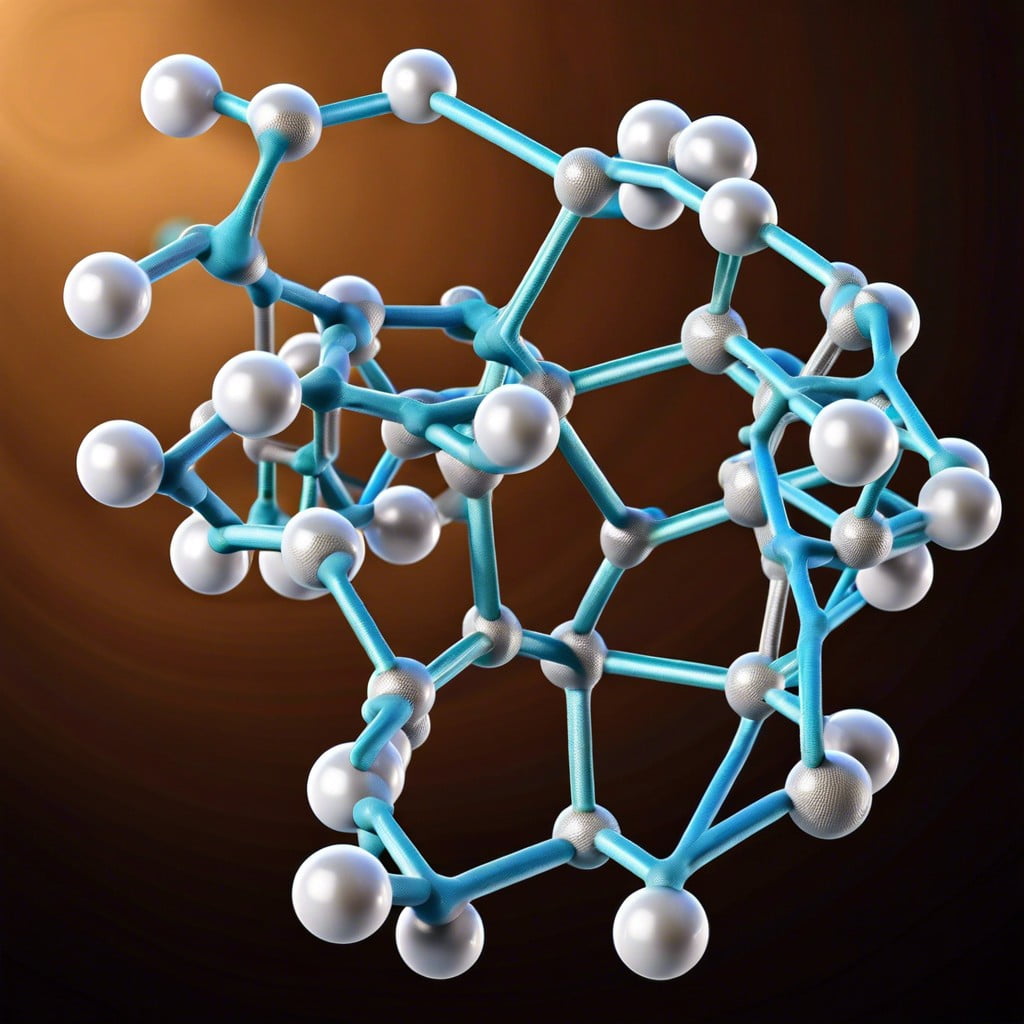Discover the versatility and applications of nylon polymer in modern construction. Nylon is a synthetic polymer well-suited for construction due to its strength, durability, and resistance to abrasion and chemicals. Commonly used in the form of fibers or plastics, it can be found in various construction materials, such as carpets, ropes, and composites. Its flexibility allows it to absorb impact, which is beneficial in structures that face dynamic stresses. Additionally, nylon’s low moisture absorption and thermal resistance contribute to its effectiveness as an insulator in electrical and thermal applications. Easy to mold and fabricate, nylon components can be manufactured to precise specifications, making them useful in intricate building designs and in creating complex shapes for decorative purposes. Its lightweight nature also aids in reducing the overall mass of structural components, leading to potential cost savings in transport and construction. Despite its many advantages, nylon’s sensitivity to UV light and environmental conditions necessitates the incorporation of protective additives or the selection of alternative materials for certain outdoor applications.
Key takeaways:
- Nylon is a versatile synthetic polymer used in construction.
- It is strong, durable, and resistant to abrasion and chemicals.
- Nylon is used in various construction materials, such as carpets and ropes.
- Its flexibility allows it to absorb impact, making it suitable for dynamic stresses.
- Nylon’s low moisture absorption and thermal resistance make it an effective insulator.
Chemistry Behind Nylon

Nylon is a synthetic polymer, belonging to the family of polyamides. Its chemical structure consists of repeating units linked by amide bonds, characterized by the functional group (CONH). These units, called monomers, are derived from two main precursors: diamines and dicarboxylic acids.
The process that leads to the creation of nylon is called polycondensation, where monomers join together and release a small molecule, like water, as a byproduct. This results in long, chain-like molecules that make up the nylon polymer.
The unique arrangement of atoms within nylon gives it the ability to form crystalline regions, where the chains are closely packed and ordered. These regions contribute to nylon’s strength and thermal resistance. Meanwhile, the areas that are less ordered, known as amorphous regions, lend nylon flexibility. The proportion of crystalline to amorphous areas can be adjusted, which will influence the polymer’s properties.
Nylon can be made in different forms, including fibers and sheets, and it’s this versatility in forms and properties that supports its wide range of applications in different industries.
DuPont and the Invention of Nylon
In the midst of the 1930s, the American company DuPont set out to create a synthetic fiber that would revolutionize the textile industry. Dr. Wallace Carothers, a chemist at DuPont, led the team that discovered and developed the first synthetic polyamide, which they named “nylon.” Carothers and his team honed in on this particular synthetic fiber after years of research into polymers, aiming to replicate the properties of silk.
On February 28, 1935, they achieved their breakthrough, successfully creating a fiber that could be drawn into a strong and elastic thread. This marked nylon’s birth, the world’s first entirely synthetic fiber constructed from petrochemicals. Recognized for its durability and strength, this invention has since left a significant mark on both the textile industry and the field of materials science.
By 1939, nylon stockings hit the market, showcasing the practical application of scientific discovery and marking the beginning of a new era in synthetic fabrics.
Types of Nylon
There are several key variants of nylon, each tailored for specific applications:
Each type offers distinct advantages, allowing engineers and designers to choose the most appropriate nylon to meet the specific demands of their projects.
Properties of Nylon
Nylon boasts remarkable strength and durability, which allows it to withstand significant stress without breaking. This resilience is complemented by its elasticity, enabling it to return to its original shape after bending or stretching. It has a high melting point, making it suitable for applications involving heat.
Water resistance is another key trait; nylon does not absorb water easily, which makes it ideal for outdoor use. It also exhibits excellent wear resistance, meaning it can endure friction and abrasion over time without deteriorating.
Thermal properties are noteworthy too; nylon’s ability to insulate against both heat and cold makes it versatile across various climates. Finally, its ability to resist many chemicals bolsters its use in diverse environments, although it’s less resistant to strong acids and oxidizers.
With these properties, nylon finds a place in countless products, playing a critical role in construction and beyond due to its adaptability and toughness.
Uses of Nylon
Equipped with unique characteristics such as strength, elasticity, and resistance to abrasion and chemicals, nylon serves a variety of applications:
- Textiles: Nylon fibers are woven into fabrics used for activewear, swimwear, hosiery, and undergarments due to their durability and stretch.
- Carpets: The resilience of nylon fibers makes it a preferred material for carpets in homes and businesses, as it maintains shape and withstands heavy foot traffic.
- Automotive Parts: Due to its heat resistance and toughness, nylon is used in manufacturing various automotive components, including seat belts, airbags, tires, and engine covers.
- Consumer Goods: It replaces metal in everyday items such as toothbrush bristles, kitchen utensils, and nylon zippers, offering a lightweight and corrosion-resistant alternative.
- Industrial Applications: In the construction industry, nylon’s tensile strength lends itself to heavy-duty ropes, nets, and conveyor belts.
- Medical Devices: Its biocompatibility means nylon is used in surgical sutures and orthopedic devices, where it aids in healing and offers structural support.
Nylon’s adaptability continues to spawn innovations across diverse sectors, illustrating its irreplaceable role in modern materials science.
Recap




